I’ve been thinking a lot about environment lately — not just the Earth’s precious air, water and ecosystems, but also about the local surroundings we live in. “The environment” is our human native habitat. There are several major parts to it.
Our personal environment
I wrote about this last week, in “Taking Care of Yourself in Uncertain Times”.
Our political environment
After the 2024 Election, Anderson Clayton, Chair of the North Carolina Democrats, said that she knows it’s a long climb to win back fair elections in our Republican-dominated state. But every November we can and must run a Democratic candidate for every open seat. She told the NC county party chairs, “We can’t tell people how to vote, but we can change the environment so that voters know they have a real choice.”
Years before this, around 2015, historian Heather Cox Richardson was already saying, “We must change the American narrative.”
Our natural environment
A few days ago, I heard a talk at the NC Arboretum in Asheville about native pollinators. A huge part of our food supply depends on them. I don’t think it’s a coincidence that flowery meadows full of sunshine, butterflies, bees, and other pollinators, are so beautiful to humans.
Their well-being is not a new concern. I have a large accounts book that was kept from the 1850s to the 1880s by my ancestor, Henry Crist, a teacher, storekeeper, farmer and beekeeper in Ohio. He was meticulous about keeping his bees healthy.
Page 49, above, quotes an article, possibly from The American Bee-Journal which he refers to earlier. It begins,
The harsh winter has been unusually hard on bees, no doubt many stocks have starved, and many more will starve if not properly fed. Feeding should be commenced immediately.
On the same page Henry notes other farm details. He paid a man named Jacob for “1½ Bushels Potatoes @ 50ȼ … 75ȼ; 1 Bushel Corn Ears … 25ȼ; 1 Gallon Lamp Oil … 20ȼ”.
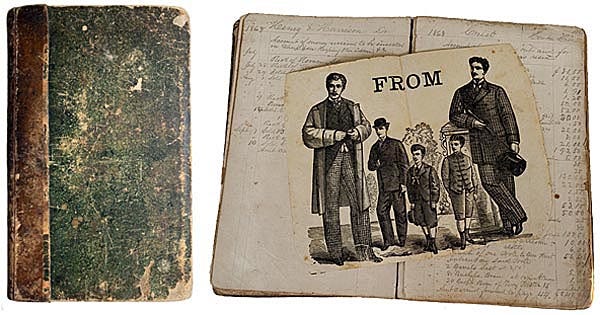
On page 133, pictured below, he recorded,
October, 1870 — No. 15 Langstroth Hive
Honey Bees Half a swarm.
Saw Queen. She is large and has 3 plain, dark, Brilliant Bands like a worker, narrower black lines intervening, Black abdomen and is likely Barren. The stock swarmed on the 24th June 1870 and failed two or three times to raise a queen but succeeded finally to raise the above queen the latter part of August, no brood put in afterwards.
Nov. — Still 3 or 4 hundred drones present.
In April, he transferred “some bees of this stock” to another hive.
In the first half of the 19th century, Henry probably used skips for his bees. The Langstroth Hive that he mentioned in his accounts book was introduced in 1851. In the later 1800s, he might have switched to Dadant Hives, modifications of the Langstroth Hive.
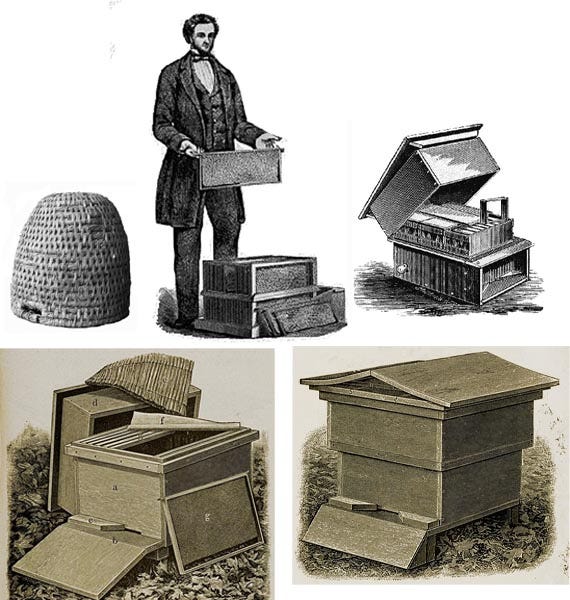
In March of 1865, Henry Crist sent a list of questions to an experienced beekeeper, John Mottinger. The following two questions and answers are from pages 71 and 72 of Henry’s account book:
Henry: How do you prevent bees from becoming chilled and lost on the snow and wet ground when they fly out in the winter on warm days, or in early spring?
John: I scatter straw a rod or so all round their hives, as soon as I find they are beginning to fly. They will drop on it then rise again and fly home.
And,
Henry: Do you ever give them water in their hives?
John: I do not give any in the hive, but they should have it and I always keep water at my pump within a few rods from them. This is necessary constantly when flying.
On page 143 of his book, I found Henry Crist’s signature. And in a box of keepsakes, I was surprised to find a hand-colored photograph of him.
With today’s ecosystem in danger, I feel close to Henry as a beekeeper, more than as an ancestor. He and John Mottinger and others on small farms all over America paid attention to the well-being of every living thing in their care.
If Henry could have been with me the other day at the Arboretum, I think he would have been dismayed and lost when the instructor said,
Our suburban lawn culture and global big ag[riculture] are reducing pollinators’ habitats to a degree that makes our food supply unsustainable.
What we can do - a few years ago when we moved to town, we asked a professional landscaper how to make our yard more welcoming to butterflies, bees and birds. The first thing he did was to walk to the edge of the lawn near the street, spread his arms, and said, “I would dig out some of this grass to make room for more flowers.”
And we did!





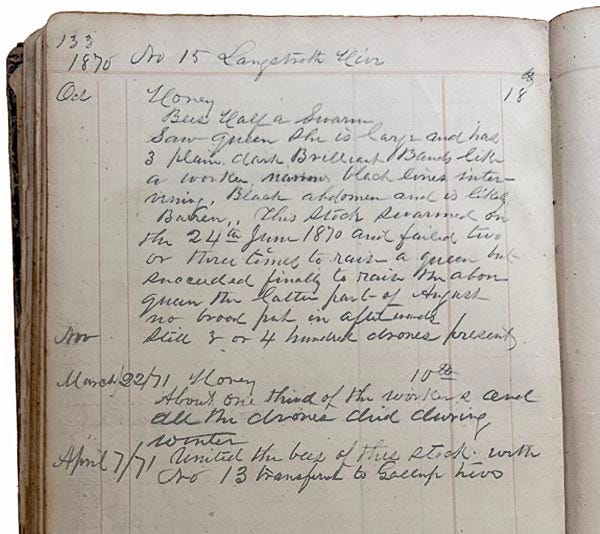
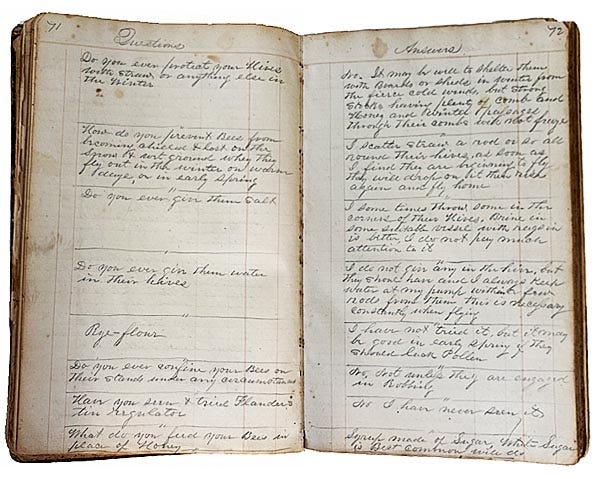


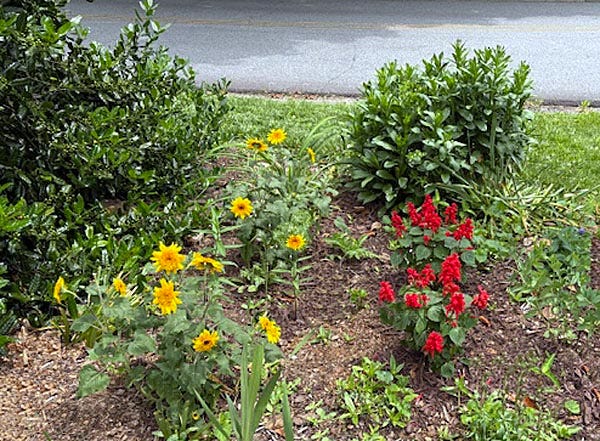
I will send this excellent information on to my niece who is a bee keeper in Atlanta, GA. Thank you Deda for keeping us aware.